Electric showers are one of the cheapest types of shower, in terms of purchase value as well as being highly economic to run, costing as little as 20p for a 10-minute shower. But when it comes to installing an electric shower, you may be thinking “how to fit an electric shower by myself?”.
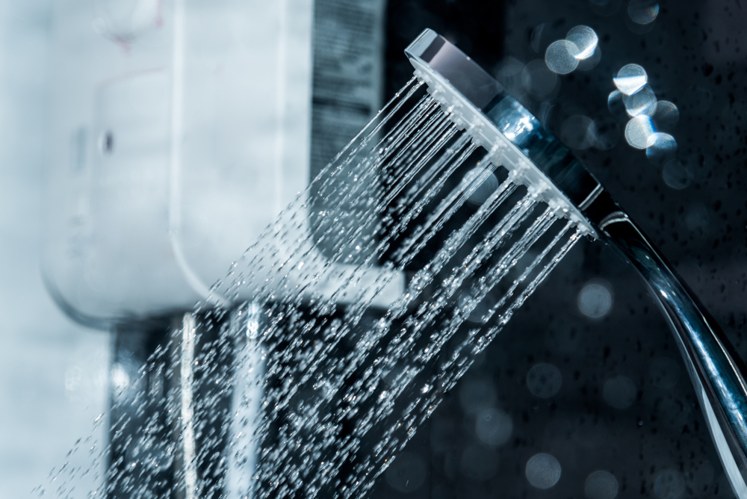
Photo credit: puthithons / Shutterstock
If you are replacing an existing electric shower with a new one, it is certainly possible to install it yourself. In this instance, the power and water cabling are already in situ, so all you need is to install a new shower unit and riser rail, which can be a fairly straight-forward job. However, if you are installing a new electric shower from scratch, you may need to get it installed by a plumber or electrician with a ‘Part P’ certification, as they will have the know-how to install, upgrade or check the wiring to ensure the shower is working safely and securely.
But, before beginning your shower installation, remember to check the kW rating. If the shower unit has a higher wattage than the old one, you may need the assistance of an electrician as cables may need to be changed to withstand higher currents. It is advisable to get in touch with a professional if you are unsure to be on the safe side.
Installing an Electric Shower in 7 Steps:
Step 1:
First things first, simply disconnect the power supply to the shower you are replacing. But before you begin removing the shower unit, you must check the electrical supply to ensure the everything is working adequately before completing any installation*. Once you are certain that your shower is turned off at the power, switch off the water supply too.
*To do this, you will require a basic knowledge of electrics. If you are in doubt, enlist the help of a professional.
Step 2:
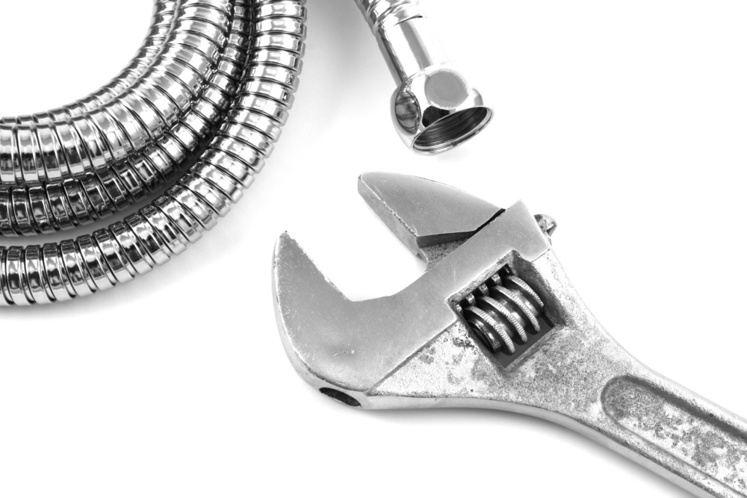
Photo credit: alexwhite / Shutterstock
The next step is to begin the removal process of the old shower unit. The vast majority of electric shower units are screwed into the wall (typically four screws are used), so removing should be fairly simple with a screwdriver. Simply unscrew and lift the shower unit from the wall and dispose of it.
Step 3:
Examine your new shower unit and look for the water supply connection, which ideally will be in the same place as your old unit. Some models, particularly electric showers by Mira Showers, have multiple connections available to allow easy replacement. If the connections are different, some adjustment may be required.
Next remove the front panel of the new shower unit, which entails unscrewing four screws, two at the top and two at the bottom. By doing this, you should now be able to see the electrical connections within the unit as well as the water connection, which should move up and down on a hinge.
At this point it will become clear if your new shower unit doesn’t fit in the same spot as your old shower. In this case, you may require some plumbing or electrical expertise. You can follow YouTube videos on how to plumb an electric shower, however in this case, it is best to enlist the help of a handyman or woman.
Step 4:
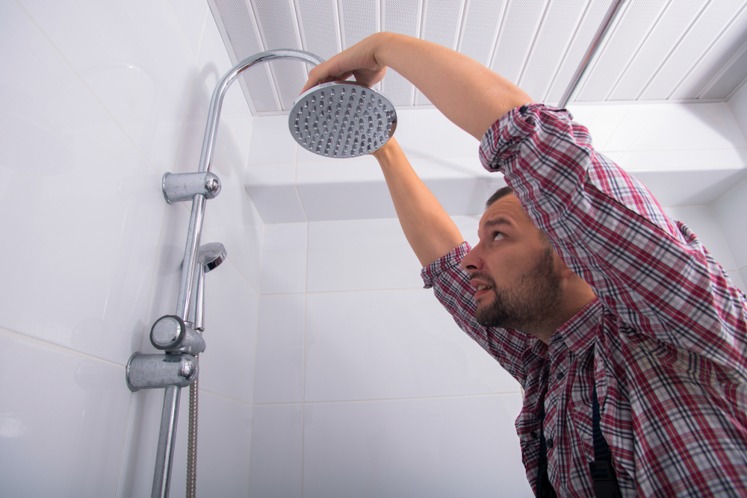
Photo credit: Gorgev / Shutterstock
Mark the position of the new unit on your bathroom wall and try to cover up any holes from the previous device – a pencil is a good option, to avoid making any permanent marks on the wall surface. As well as this, mark the areas where any new holes for screws must be positioned.
Step 5:
Next, use a drill to make the holes successfully into the wall. This can be a tricky job, so be careful to ensure you don’t break any surrounding tiles.
Our Tip: Make sure you use a masonry bit when drilling into the wall, rather than a “hammer” setting, as this will ultimately result in broken tiles.
Once you have successfully drilled holes into your bathroom wall, fit rawl plugs and then screw in your new shower.
Step 6:
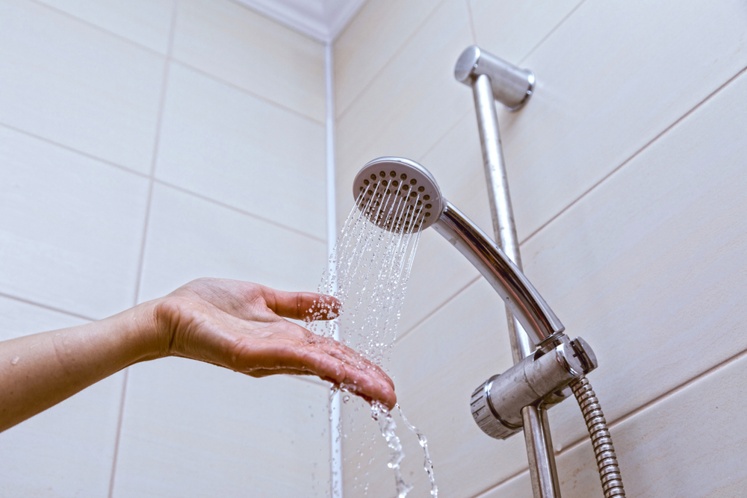
Photo credit: Volkova Iuliia / Shutterstock
Now that the new electric shower is connected to the wall, the next step is to double check everything inside the unit is in the correct position. This includes, neutral, live and earth wires, as well as any pipes.
At this point, if you are unsure if you have completed the steps satisfactorily, consult the help of a professional before turning your water and electricity back on.
Step 7:
Once you are absolutely sure the wiring is in the right place, screw the front of your electric shower unit back in situ and turn the power and water supply back on. Take extreme care when testing your new shower, to make sure everything is working in order. One mistake can result in disaster when it comes to fitting electric showers, as they combine both water and electricity.
How to replace an electric shower using a professional?
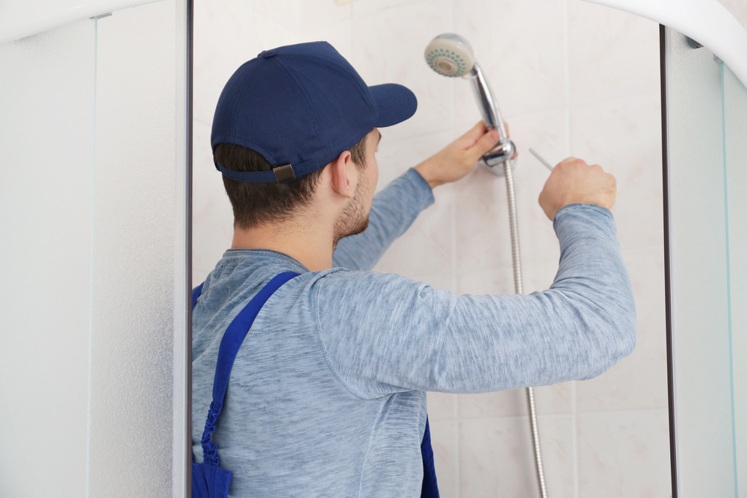
Photo credit: Africa Studio / Shutterstock
Alternatively, if you decide to get a plumber or electrician in, you may be wondering how much to install an electric shower?
You must bear in mind how much an electric shower costs, which is typically around £50, as well as the labour costs too. For example, this can be anywhere between £150 to £1,000 for a like-for-like replacement, and between £700 to £2,500 if any plumbing needs altering.
Feature image credit: alexwhite / Shutterstock
